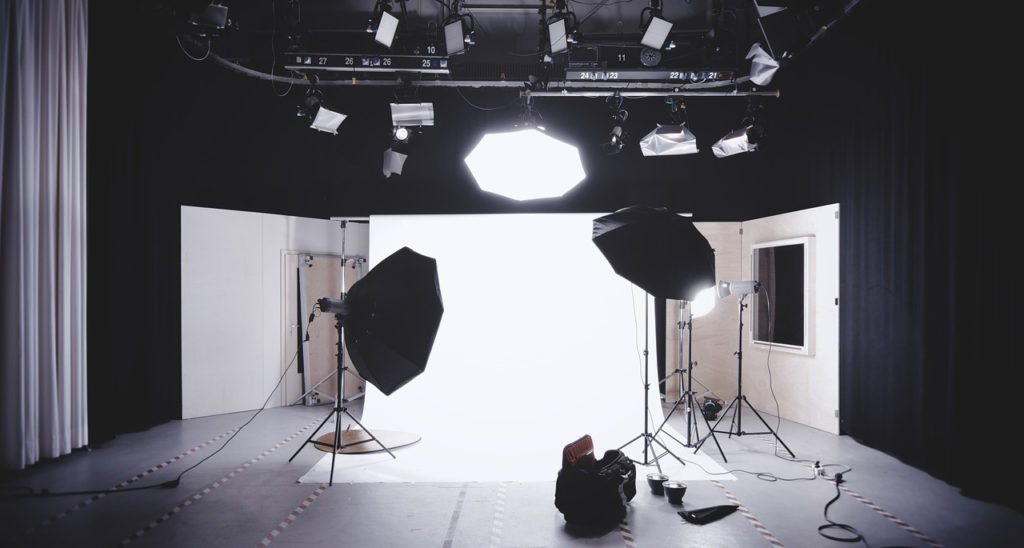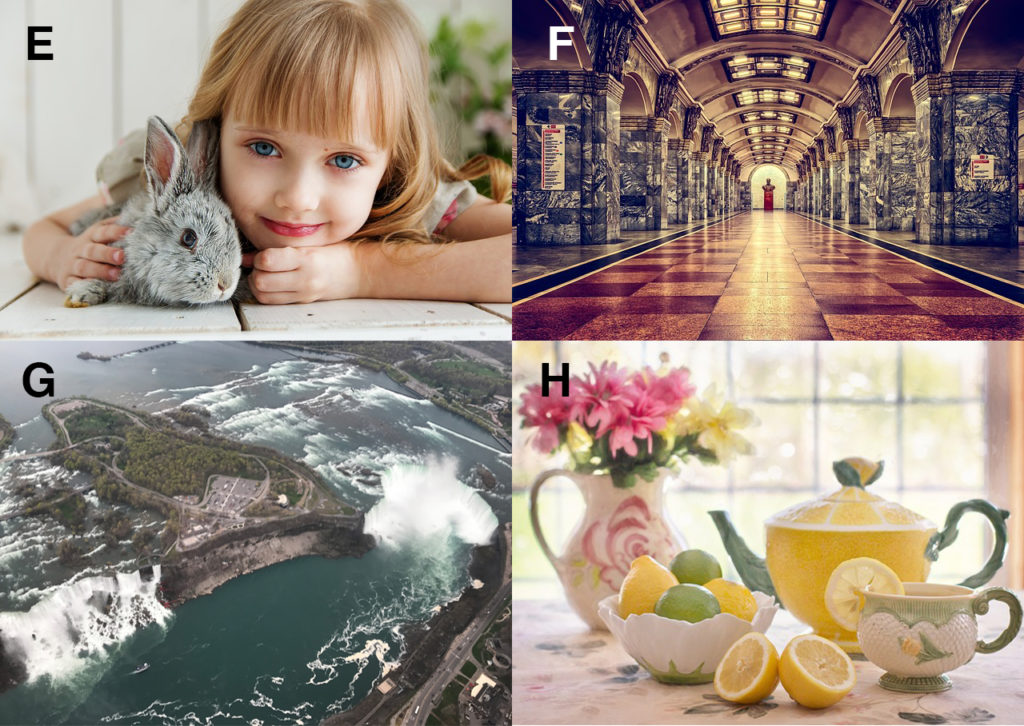25 Introduction
Richard Adams and Reem el Asaleh; Martin Habekost; Jason Lisi; and Art Seto
Improvements in resolution, size, battery life, and memory capacity have turned digital cameras (and indeed, our cell phones!) from toys into tools of the trade. Scanning has become a process of the past, and digital cameras are becoming the primary vehicles of image capture.

Current Camera Technologies
Digital cameras have been classified by PIA/GATF into three categories: consumer, prosumer, and professional, though advances in technology are blurring these lines (Table 1-1). Megapixels and costs are stated for comparative purposes only, as every year new cameras are introduced at a lower cost and with high resolution.
| Camera Type | Format | Megapixels | Cost |
| Consumer | point-and-shoot | 10–20 | <$500 |
| Prosumer | professional point-and-shoot, DSLR or mirrorless | 12–36 | $500–$3,000+ |
| Professional | full-frame DSLR, medium format, or view camera with digital back | 24–40+ | $3,000–40,000+ |
Camera Requirements
The main requirement for a digital camera used for public relations is sufficient resolution, measured in megapixels. The camera must be able to capture enough pixels for the required image resolution of various communication channels, whether social media or print. Resolution and image quality should also align with the brand feel and reputation of a client (e.g. more polished vs. DIY).
For example, an 8.5×11-in. magazine page printed at 150 lpi requires 300 ppi image resolution, necessitating a digital camera of at least 8.5 megapixels. Users should be aware of the difference between real pixels and interpolated pixels. Often manufacturers may quote higher pixel numbers than really exist in the sensor, in this instance the vendor is computing new pixel information using software interpolation techniques. Better quality is rarely achieved using interpolated pixel information.
How Public Relations Professionals Use Digital Cameras
The following types of digital photography are useful in public relations.
Still life. Refers to collections of subjects, whether set up on a table top or on the floor. Examples include artistic groupings of objects or groups of complementary accessories for catalog photography (Figure 1-3 H).
Portrait. Portraits refer to posed (vs. candid) photos of people, individually or in groups (Figure 1-3 E). Examples include yearbooks, biographical head-and-shoulders “mug shots,” and group photos of people. Generally faces reproduce best when photographed with a short-range telephoto lens, as in the 70–120-mm focal length. A telephoto lens compresses distance from front to back, which often flatters the face.
Architectural. This refers to photographs of buildings and rooms (Figure 1-3 F), including photography for real estate brochures and catalogs as well as furniture, decorative accessories, and interior design. Architectural photography can benefit from a wide-angle lens, which captures a wider view of the scene than a normal lens.
Landscape & scenery. This category includes outdoor and scenic photography, as might be used in travel or recreational magazines, catalogs, and brochures (Figure 1-3 G).


